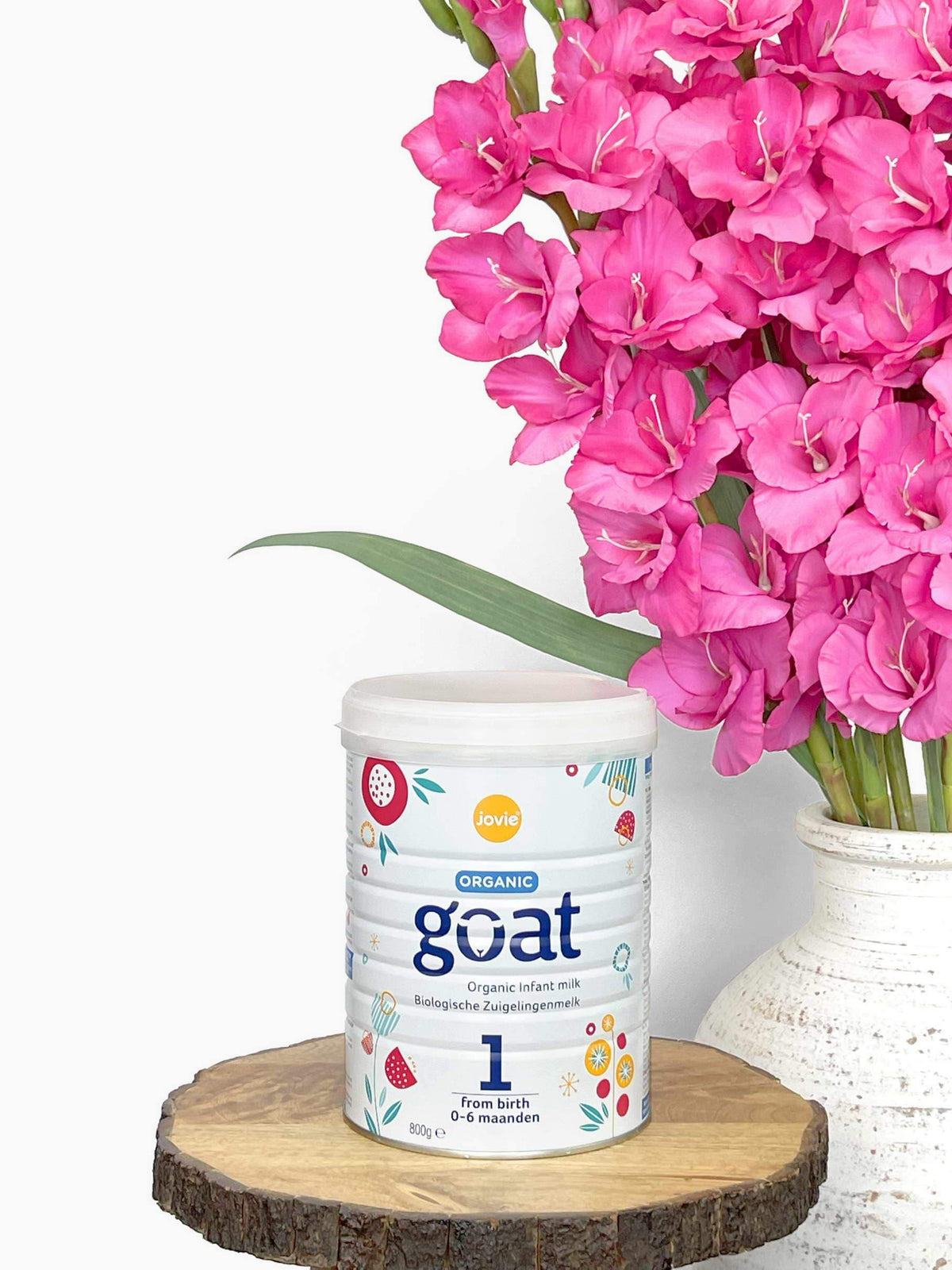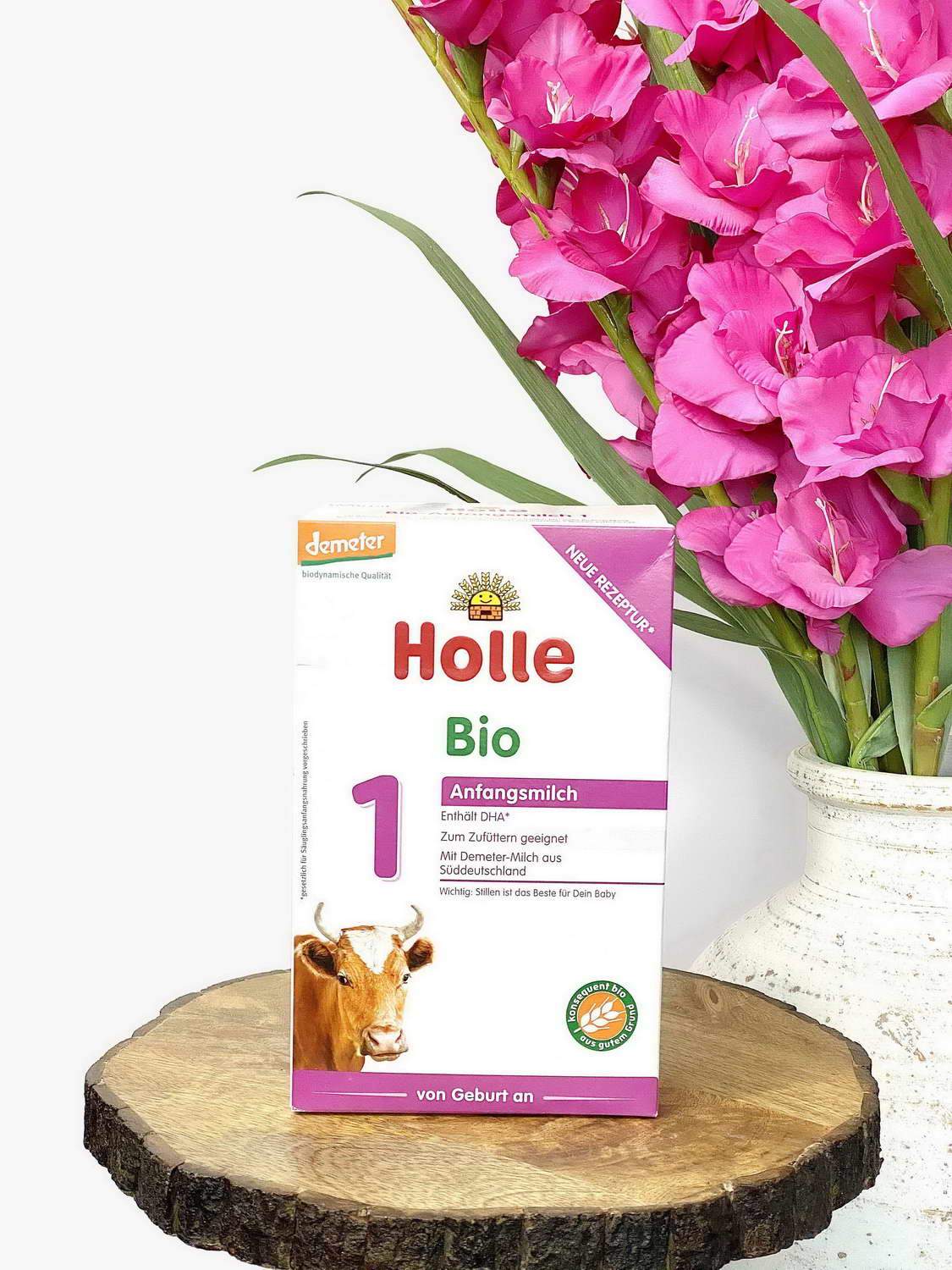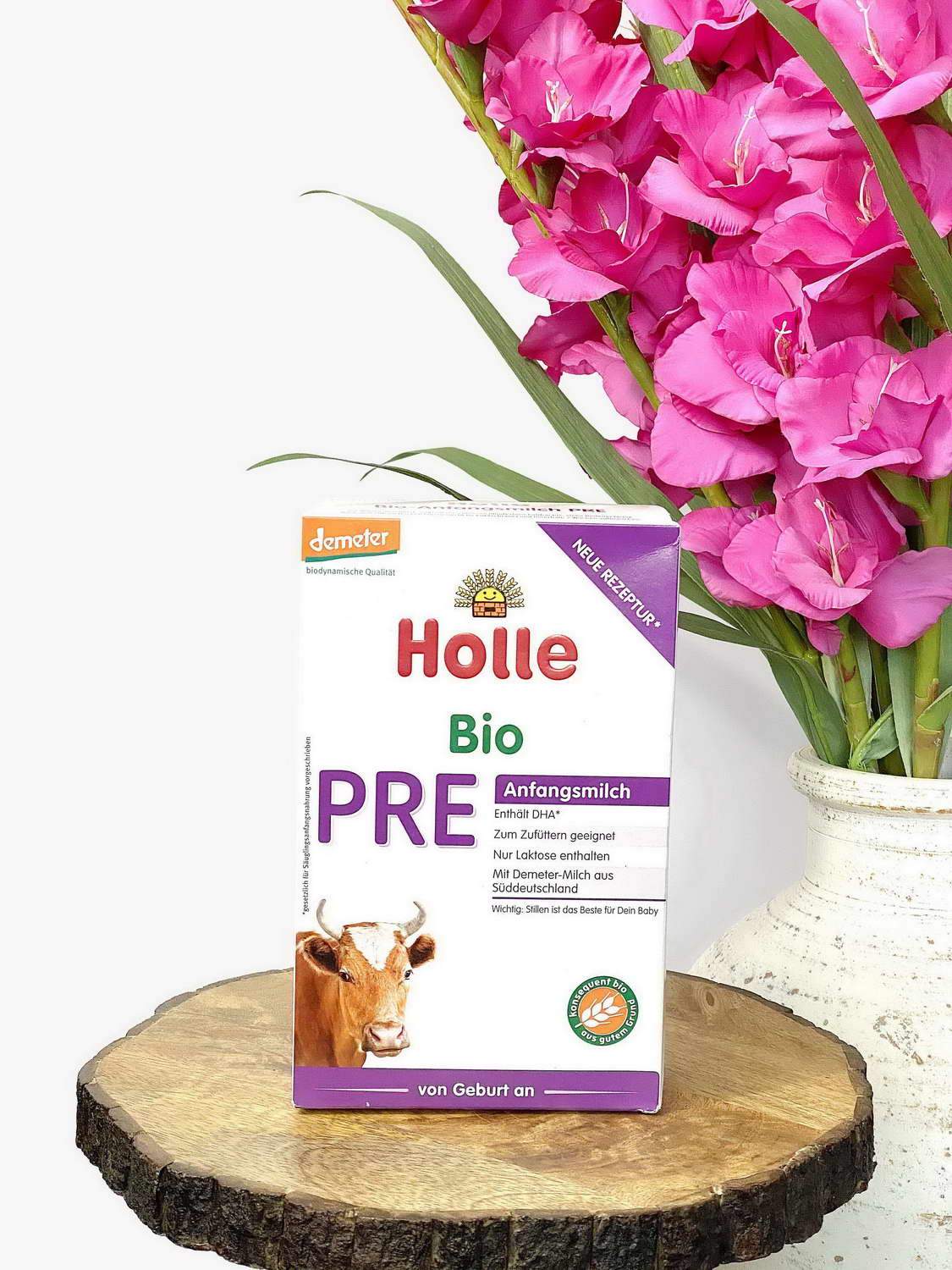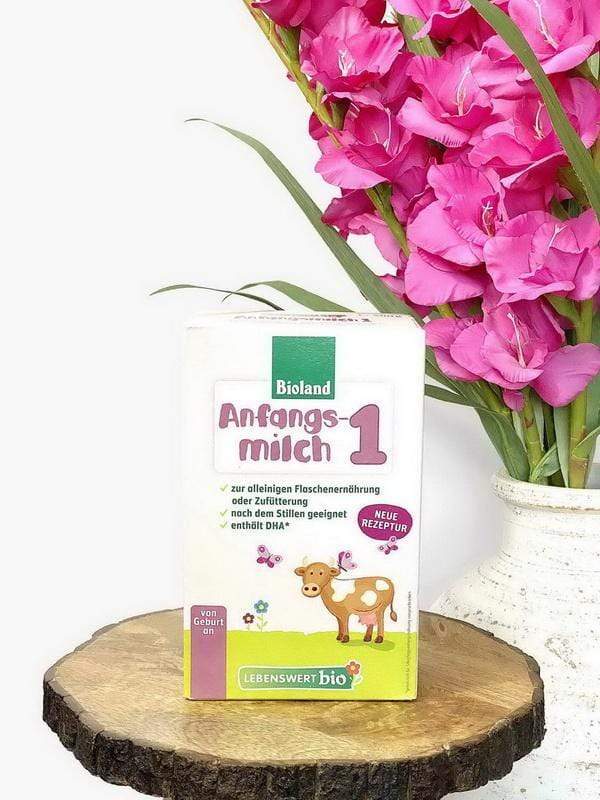If your baby's dealing with a moderate to severe case of cradle cap, you may notice that the top of your baby's head has a smell that was not there before.
This distinctive scent is completely normal and results from the buildup of oil on your baby's scalp. Cradle cap typically doesn't require medical treatment, as it usually goes away on its own. In the meantime, we have some natural remedies to ease the smell and heal the flaky skin that is left behind.
Cradle Cap vs Dry Skin
Babies have soft, delicate skin. Previously protected by a very thin layer of vernix and surrounded by the nurturing waters of the mother’s womb, this thin layer is now affected by the daily ravishes of the outside environment.
After birth, your little one's skin can be easily irritated and is prone to dryness. This affects every part of your baby, including their head and scalp. If your little one has flaky skin on their head, you’re probably wondering if it’s a sign of dry scalp or cradle cap.
There is a misconception that cradle cap and dry scalp are the same thing; that is not the case.
Cradle Cap
Cradle cap is the common term for seborrheic dermatitis of the scalp in infants. The exact cause of the cradle cap isn't known, but it is likely due to a combination of things such as too much skin oil in the oil glands and hair follicles and a type of yeast found on the skin called Malassezia.
Babies usually develop cradle cap between 2 weeks and 12 months old. Cradle cap has a distinctive red scaly or crusty yellow appearance with greasy patches that most often start on the scalp but may also start on the face or diaper area and spread to other parts of the body.
Although the cradle cap might look uncomfortable or irritating to the skin, it usually isn't itchy and doesn't seem to bother infants.
Dry Skin
If the scaling of the baby's skin looks whiter and overly dry, it is more than likely dry skin. You can further confirm this indeed is dry skin if dry skin has spread to multiple parts of an infant's body, the baby is uncomfortable, and the skin looks irritated and itchy.
Cradle Cap Pictures
Cradle Cap Images
As shown in the pictures above, cradle cap is most prominently seen on the head but can be found on other areas of the face and body.
Cradle Cap on Baby Face
Usually starting on the baby's scalp, cradle cap can sometimes be seen on the eyebrows, nose, neck, groin, armpits, and eyelids.
Exactly the same as the cradle cap that may be found on the top of the head, this inflammatory skin condition appears as scaly skin and yellow crusty scales and is not harmful or irritating. All cradle cap, including on babies' faces, will eventually go away by 12 months of age.
Cradle Cap on Eyebrows
Cradle Cap Behind Ears
How to Prevent Cradle Cap
Not all babies get cradle cap. According to the American Academy of Family Physicians, only about 10 percent of babies will have it. There is little known about what exactly causes cradle cap so it may be impossible to prevent, but it can be treated with natural gentle remedies.
Home Remedies for Cradle Cap
While cradle cap tends to go away within a few months, many parents and caregivers prefer to treat this scaly inflammation.
Here are a few natural remedies that families can use to lessen the appearance and bring about clear skin underneath.
Natural Remedies for Cradle Cap
Cradle Cap Oil
Massaging your baby’s scalp gently with your fingers can help loosen the cradle cap scales and also improves circulation to your baby’s scalp.
Using a natural oil such as coconut or almond oil will be gentle and toxin free. Wait about 15 minutes, and then gently comb or brush out the flakes before shampooing.
Baby Oil for Cradle Cap
We do not recommend baby oil because it can block skin pores and irritate your little one’s scalp. Blocked pores and oily skin can make cradle cap worse and cause baby acne.
Cradle Cap Brush
Gently brushing your baby's scalp is also a natural way to move some flakes off of your baby’s head, but be careful not to pick or scrape at the flakes.
You can find special brushes made just for cradle cap, but many parents and caregivers simply use a new toothbrush with gentle bristles.
Cradle Cap Shampoo
Frequent shampooing strips the natural oils from delicate skin and can actually cause an overproduction of the scalp’s sebum and make the cradle cap worse.
Shampooing two to three times per week is recommended but no more than that.
Best Shampoo for Cradle Cap
Using natural ingredients to make a homemade shampoo will be better for the baby, better for the environment, and is quick and easy to make.
We are happy to share one of our favorite cradle cap shampoo recipes.
Cradle Cap Baby Shampoo
Apple cider vinegar is perfect for treating cradle cap because of its probiotic and antifungal properties that can help balance out the scalp naturally.
- 2 TB raw apple cider vinegar
- 1/4 cup filtered water
- Pour the mixture over the baby's scalp
- Massage the scalp for a few minutes.
- Let the vinegar mixture sit for 10 minutes.
- Rinse with water
Head and Shoulders for Cradle Cap
Conventional dandruff shampoos are sometimes used on cradle cap, but they contain harsh ingredients like coal tar and salicylic acid. We strongly recommend using only natural ingredients on baby’s delicate skin.
Pure Organic Nutrition
Sometimes super sensitive babies also need super sensitive formulas. When looking for the highest-quality baby formula that is most like breast milk, you will want to make sure that your little one's baby formula is organic, made with wholesome ingredients, and has properties and nutrients that will allow your little one to grow and thrive.
European baby formulas go to extra length to provide essential nutrition and immunity-boosting properties of breast milk while giving options for skin sensitivities and delicate systems alike.
Choosing a European baby formula, such as our HiPP Organic Collection with a probiotic, will go a long way in helping to relieve scaling and inflammation of cradle cap.
Probiotics in European Baby Formula vs Cradle Cap
Organic and natural probiotics found in European baby formulas help to balance gut flora and get rid of the overproduction of yeast that may be leading to cradle cap.
In conjunction with pure natural ingredients that exclude harmful ingredients such as corn syrup, heavy metals, and toxic by-products, your little one's digestive system will be healthier overall and this leads to less skin irruptions.
Cradle Cap Hair Loss
In a very few cases, cradle cap can cause hair to become matted, and strands may fall out. Do not worry, cradle cap will not cause baldness or long-term hair loss in your baby.
Any hair loss that occurs during the small window your infant experiences cradle cap will grow back.
Infected Cradle Cap
Uncommonly, cradle cap that has spread to the diaper area or skin folds can get infected. Talk to your doctor if there are any signs of infection such as the skin looks red, starts to drain fluid, or feels warm.
Other Signs and Symptoms that may Indicate a Need to see your Pediatrician:
❌ Cradle cap doesn’t improve after a few months
❌ Rash is red, or your baby is scratching at it
❌ Rash seems to be spreading
❌ Your baby seems irritated or runs a fever
❌ There is any doubt that it is cradle cap
Get Rid of Cradle Cap
Most mild cases of cradle cap resolve on their own in a few weeks, though it can persist for as long as a few months. Using natural remedies and pure organic nutrition can help to shorten the time and relieve the look and feel of cradle cap.
My Organic Company is here to help you find the very best pure, clean, and toxin-free European baby formulas and deliver them straight to your door.
Just reach out to our amazing customer care team to receive advice and a custom recommendation just for your baby. We look forward to hearing from you.














